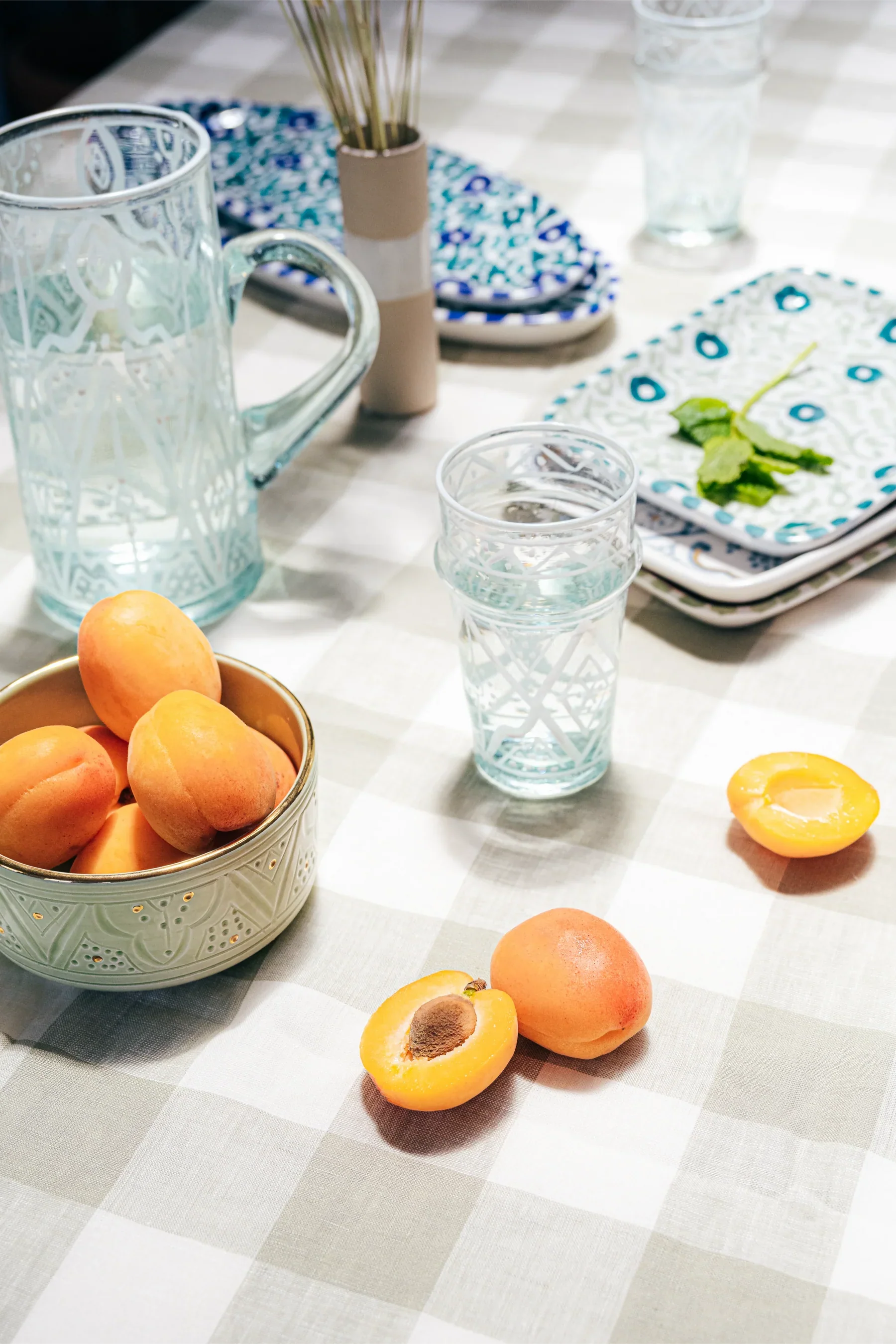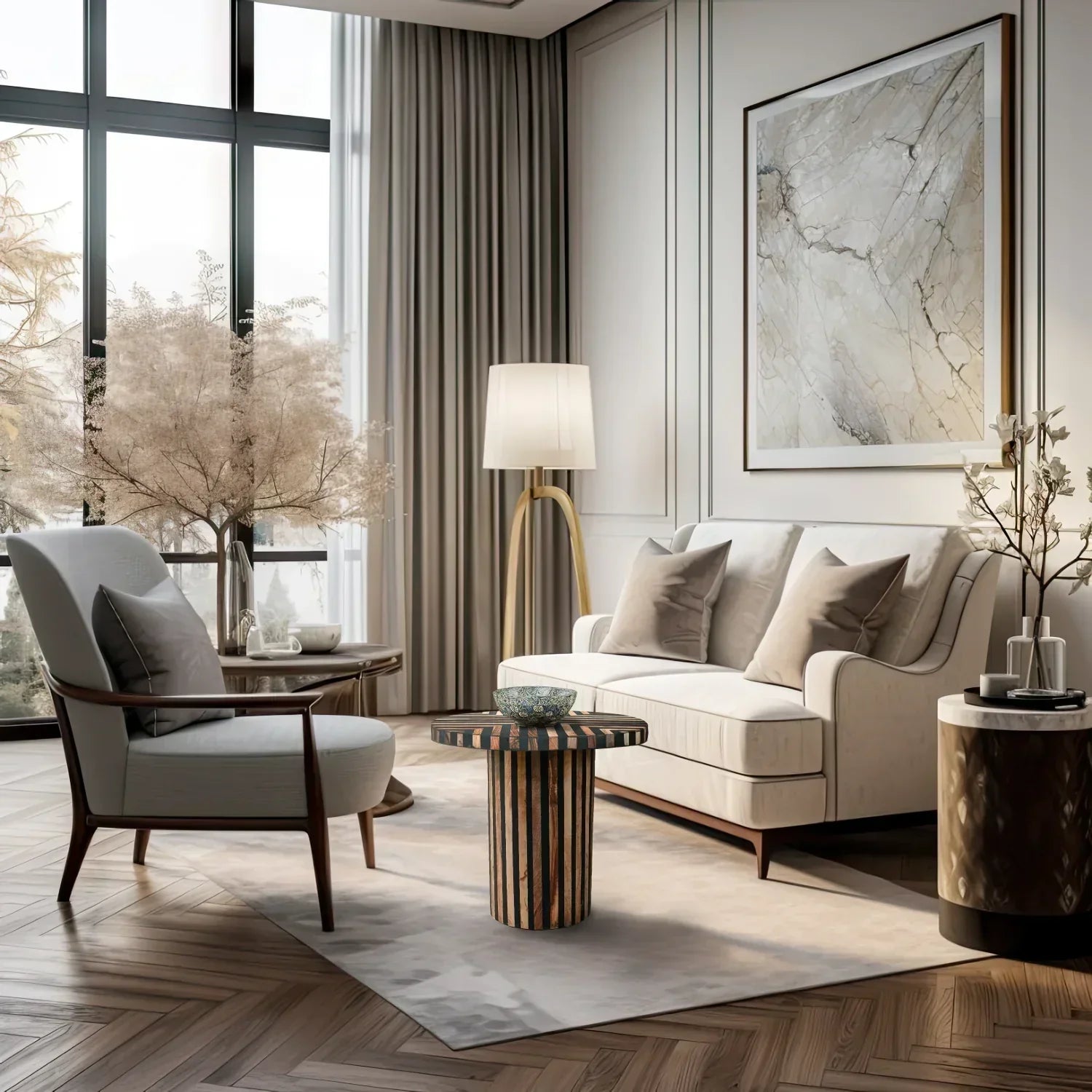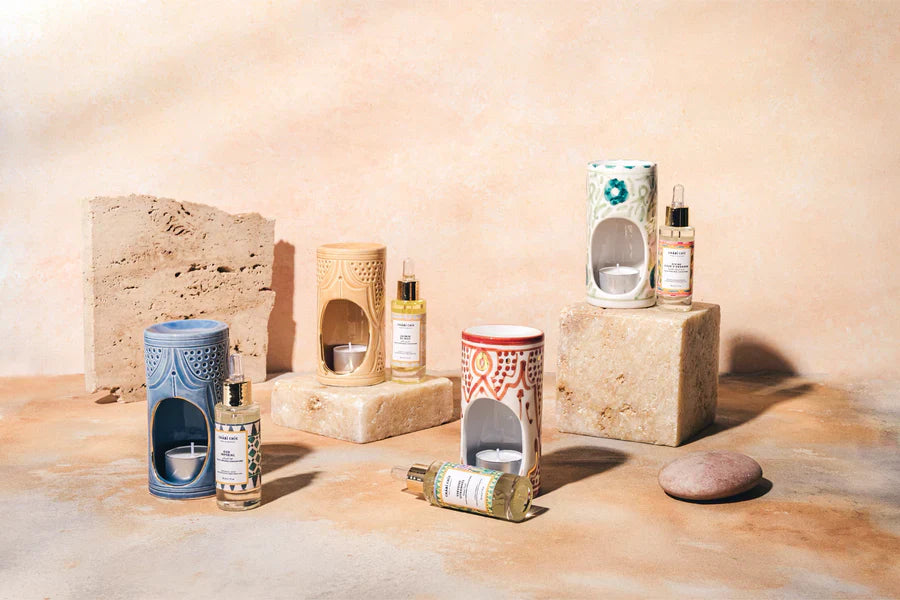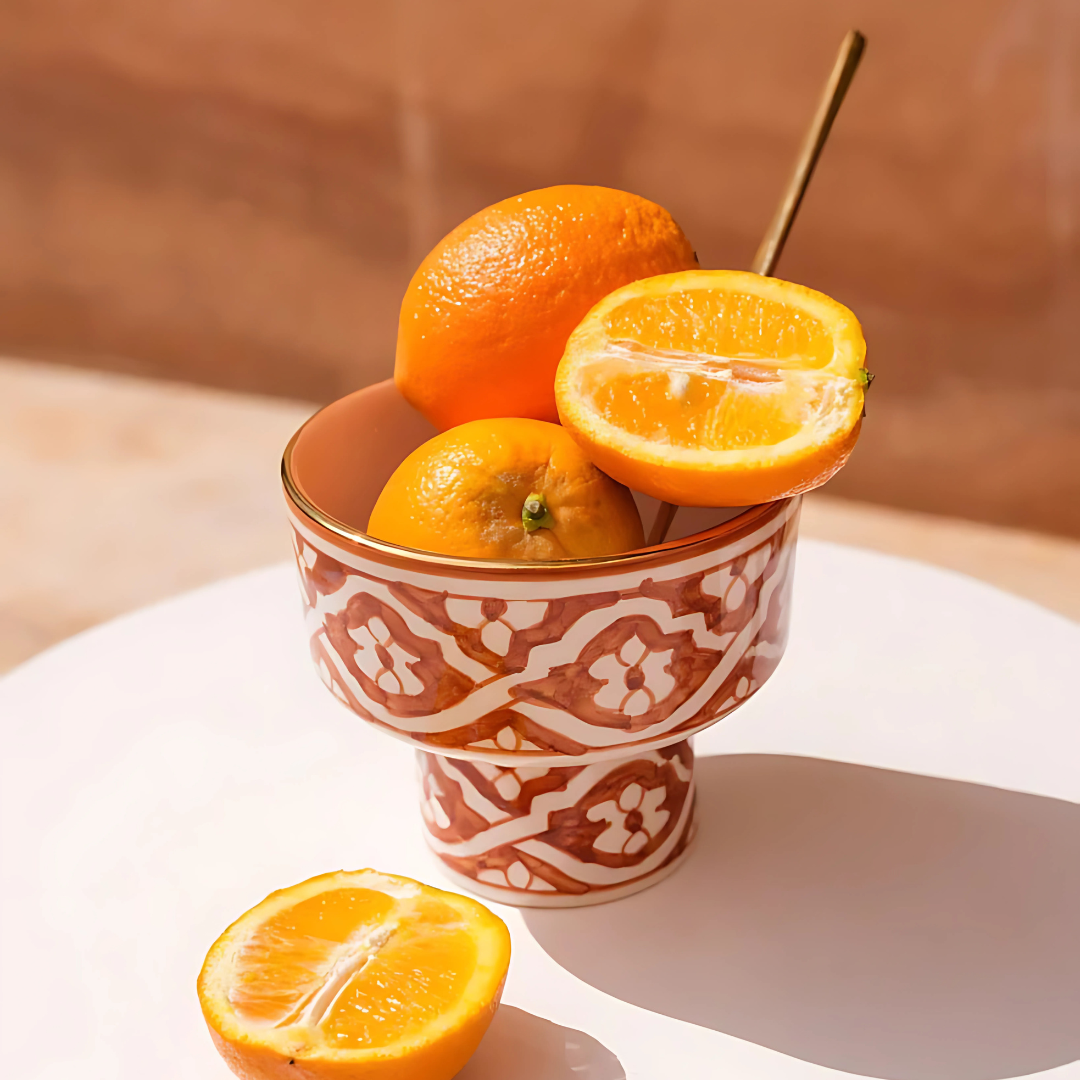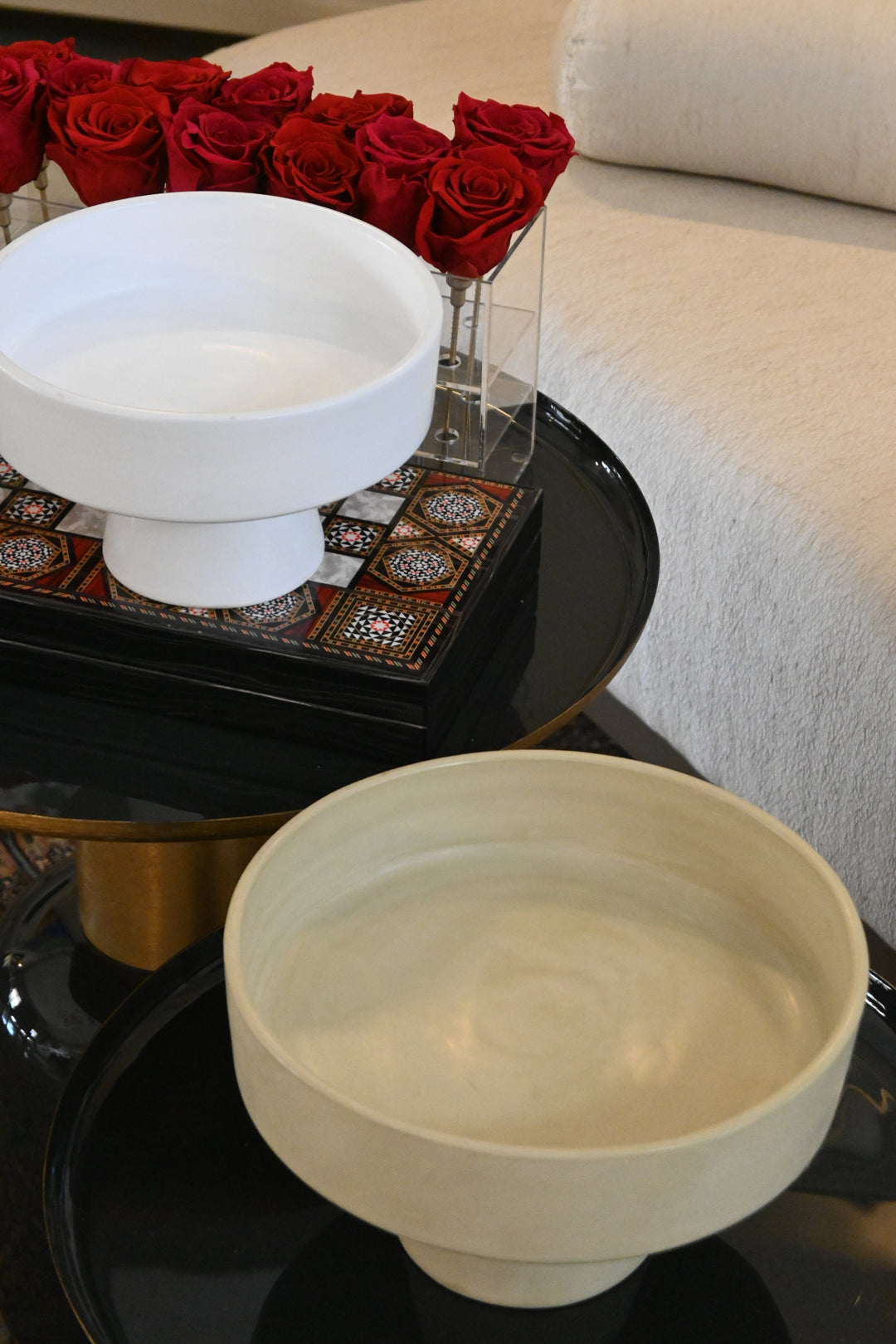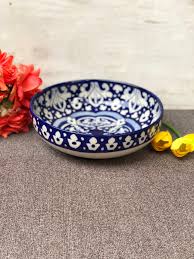A Complete Guide to Timeless Moroccan Pottery
From the sun-baked medinas of Fez to the vibrant souks of Marrakech, Moroccan pottery is more than just beautiful—it’s a living legacy. A swirl of earth, fire, color, and tradition, it captures centuries of craftsmanship and cultural fusion in every curve and glaze.
Whether you're a collector, a curious traveler, or someone looking to infuse your home with soul and story, Moroccan pottery is an art form that offers timeless beauty and deep-rooted authenticity. In this guide, we’ll take you through its origins, types, techniques, and how to incorporate these stunning pieces into modern living.
Let’s journey into the heart of Moroccan artistry—one terracotta tile at a time.
1. The Ancient Roots of Moroccan Pottery

Moroccan pottery has a history as old as the land itself. With influences from Berber tribes, Arab conquerors, Andalusian artisans, and even the Romans, its evolution spans centuries. Pottery was not just utilitarian—it was sacred, symbolic, and central to daily life.
The cities of Fez, Safi, and Meknes are the epicenters of this craft, each with its own regional flair. Fez is famous for its intricate blue and white zellige tiles. Safi, a coastal town, is revered for its glazed ceramics. Meknes? Known for rustic, earth-toned terracotta.
Today, these traditions continue—often passed down within families, hand to hand, generation to generation.
2. The Materials: Earth, Fire, and Magic
What gives Moroccan pottery its unmistakable look? It starts with red or grey clay, locally sourced and sun-dried. The potter then shapes the clay using a foot-powered wheel—still used in many rural workshops.
Once shaped, the pieces are left to dry in the open air, fired in ancient kilns, and then glazed using traditional methods. Natural pigments—cobalt for blue, copper oxide for green, manganese for brown—create the vibrant hues Moroccan pottery is loved for.
The result? Art that feels both earthy and exotic, ancient and alive.
3. Styles & Signatures: Decoding the Designs

Every Moroccan pottery piece tells a story—and if you know how to read the symbols, it’s like holding a page of cultural history.
• Fez Blue Pottery
Often decorated with fine, hand-painted blue designs on white clay, this style features geometric patterns, flowers, or calligraphy. It's elegant, intricate, and highly collectible.
• Berber-Inspired Pottery
More rustic in style, Berber pottery uses bold lines, natural tones, and symbolic motifs like diamonds, eyes, and zigzags—each representing protection, fertility, or strength.
• Safi Ceramics
These are known for their radiant glazes—turquoise, deep green, honey gold—and ornate cut-out patterns. Safi pottery includes everything from tagines to tiles to vases.
• Zellige Tiles
Though not a “pot” per se, zellige deserves a mention. These hand-cut, hand-laid mosaic tiles are iconic in Moroccan design. Used in fountains, walls, floors, and courtyards, zellige reflects the Moroccan obsession with pattern and symmetry.
4. Functional Beauty: More Than Just Decor
Sure, Moroccan pottery is beautiful—but it’s also highly functional. In fact, that’s part of its magic.
Tagines
Not just a dish, but a cooking vessel. The conical lid and shallow base create steam convection that’s ideal for slow-cooked stews. Traditional tagines are both cook-safe and table-worthy.
Couscoussières
Special two-tier pots for steaming couscous—the base holds the broth or vegetables, while the upper chamber lets the couscous steam light and fluffy.
Water Jars (Qarouras)
Made of porous clay, these jars naturally cool the water inside, perfect for desert climates.
Bowls, Plates & Platters
Hand-painted with mesmerizing patterns, these pieces elevate everyday meals and special gatherings alike.
5. How Moroccan Pottery Is Made: Step-by-Step

Want a peek behind the scenes? Here's how traditional Moroccan pottery comes to life:
-
Clay Sourcing & Soaking – Clay is dug from local quarries and soaked to remove impurities.
-
Throwing – Potters shape the clay on a wheel, usually powered by foot.
-
Sun-Drying – Pieces are air-dried for days to prevent cracking in the kiln.
-
Bisque Firing – The first firing hardens the clay.
-
Hand Painting & Glazing – Designs are applied by brush, and glazes are poured or dipped.
-
Glaze Firing – A second, high-temperature firing fuses the glaze and color.
Each piece takes days or even weeks—every step infused with care and mastery.
6. Why Moroccan Pottery Still Matters Today
In a world of mass-produced everything, Moroccan pottery stands as a defiant symbol of slow craft and sustainable artistry.
-
It’s handmade. Every pot has imperfections—and that’s what makes it perfect.
-
It’s sustainable. Made from natural clay, with minimal waste and no plastic.
-
It supports local artisans. Buying Moroccan pottery directly contributes to community economies and cultural preservation.
It's not just about owning a beautiful object. It’s about connecting with history, supporting real people, and choosing things that last.
7. How to Style Moroccan Pottery in Modern Spaces
You don’t need a riad in Marrakech to make Moroccan pottery work in your home. Here’s how to style it effortlessly:
• Mix with Modern
Pair a brightly glazed Moroccan bowl with a minimalist wood table for contrast.
• Wall Display
Hang a series of painted ceramic plates in a pattern—great for kitchens or patios.
• Table Accents
Use tagines or platters as centerpieces. Empty or filled with fruit—they shine either way.
• Bathroom Vibes
A small Safi vase with dried florals adds exotic flair to your sink or vanity.
• Outdoor Spaces
Zellige-topped tables or ceramic planters bring a warm, Mediterranean mood to balconies or backyards.
Style Tip: Don’t overdo it. Let each piece breathe. Moroccan pottery works best when it’s allowed to be the star of the show.
8. What to Look For When Buying Moroccan Pottery

If you’re shopping for the real deal, here are some things to keep in mind:
-
Feel the weight. Authentic Moroccan pottery is heavier due to the dense clay.
-
Check the glaze. Hand-glazed items often have slight drips or uneven edges—signs of authenticity.
-
Look for hand signatures or stamps. Artisans often mark their pieces.
-
Buy from trusted sources. Artisan markets, certified online shops, or fair-trade stores are your best bet.
Beware of “faux” pieces made cheaply abroad. Real Moroccan pottery carries a soul you can see and feel.
9. Caring for Your Moroccan Pottery
These pieces are durable, but a little care goes a long way:
-
Hand wash only. Avoid dishwashers, which can wear down glazes.
-
Don’t use on direct heat. Unless it’s a cooking tagine specifically labeled for stovetop use.
-
Use food-safe glazes. Always double-check when using for serving or cooking.
-
Store carefully. Place padding between stacked pieces to avoid chipping.
Treat your pottery well, and it will last generations.
10. Where to Find the Best Moroccan Pottery
Want to start or expand your collection? Here are a few trusted places to explore:
-
Local Artisan Co-ops in Fez and Safi
-
The Souks of Marrakech (especially the Mellah and Place des Ferblantiers)
-
Online Boutiques: Look for ethical sellers that support Moroccan artists directly.
-
Global Craft Stores: Many fair-trade shops carry imported Moroccan ceramics.
Insider Tip: Ask for the story. Good sellers will know the name of the artisan, the region, and the technique. That’s when you know you’re buying something real.
Final Thoughts: A Legacy in Clay
Moroccan pottery is more than home décor. It’s a celebration of tradition, of place, of people. It's a living, breathing art form that continues to evolve without losing its soul. Every brushstroke whispers of the Atlas Mountains, the Atlantic breeze, the hum of the souks, the warmth of family hands.
So the next time you light a candle near a glazed bowl, or serve couscous from a hand-thrown tagine, remember—you’re not just using a pot. You’re touching history.
And isn’t that the kind of timeless beauty we all need more of?


